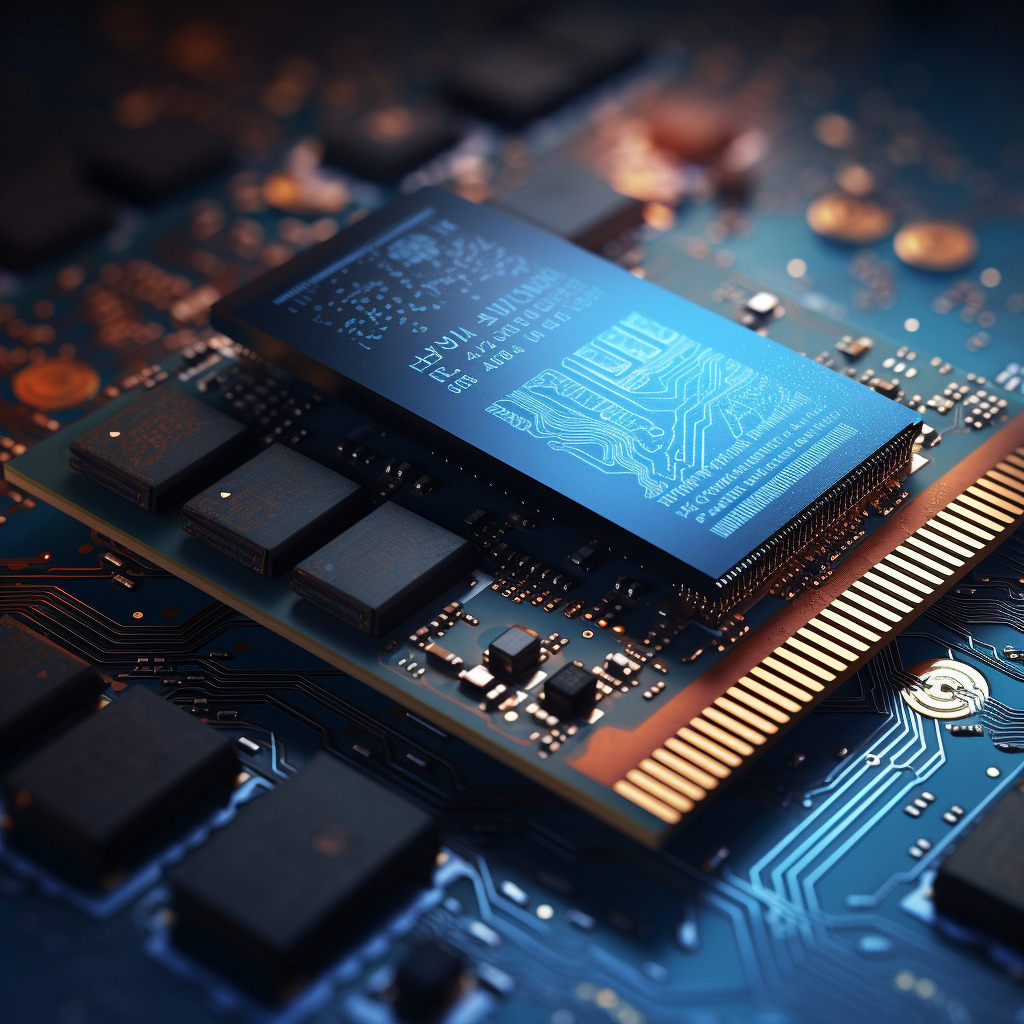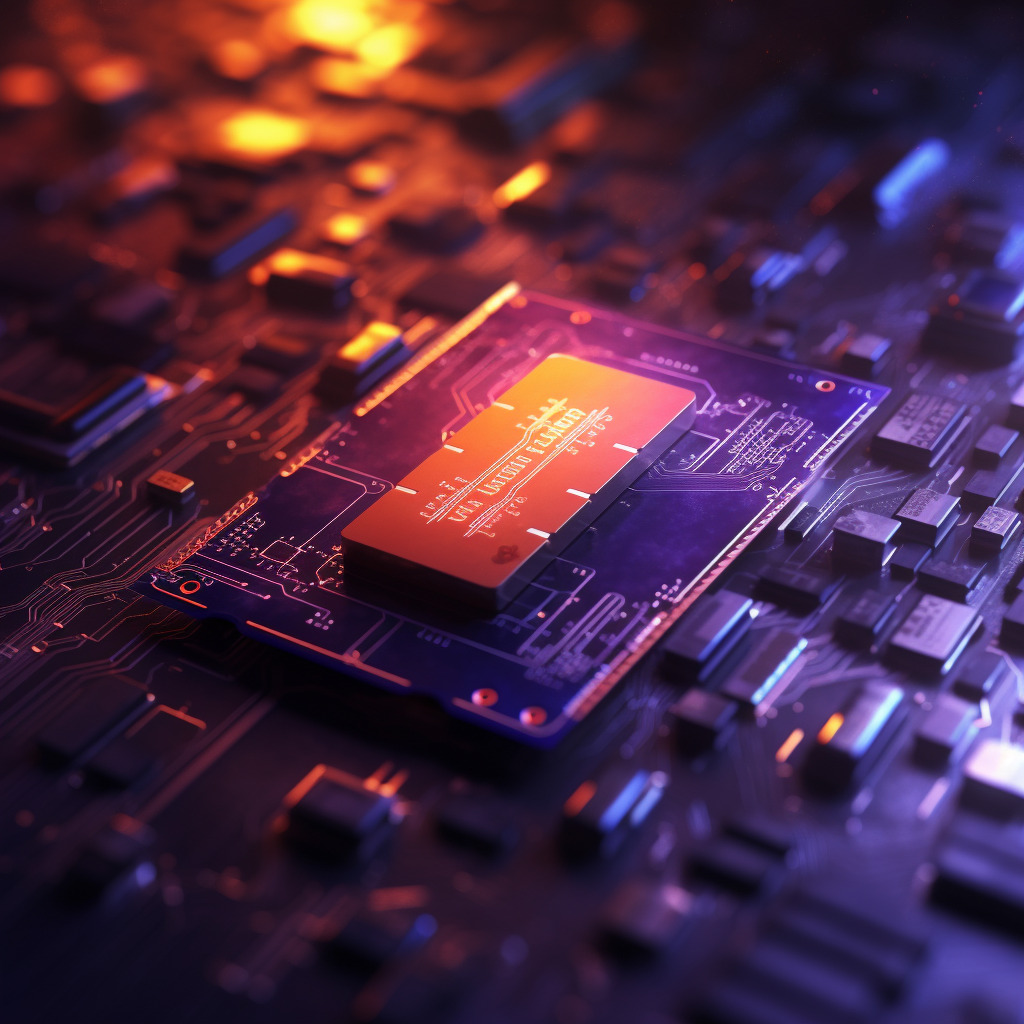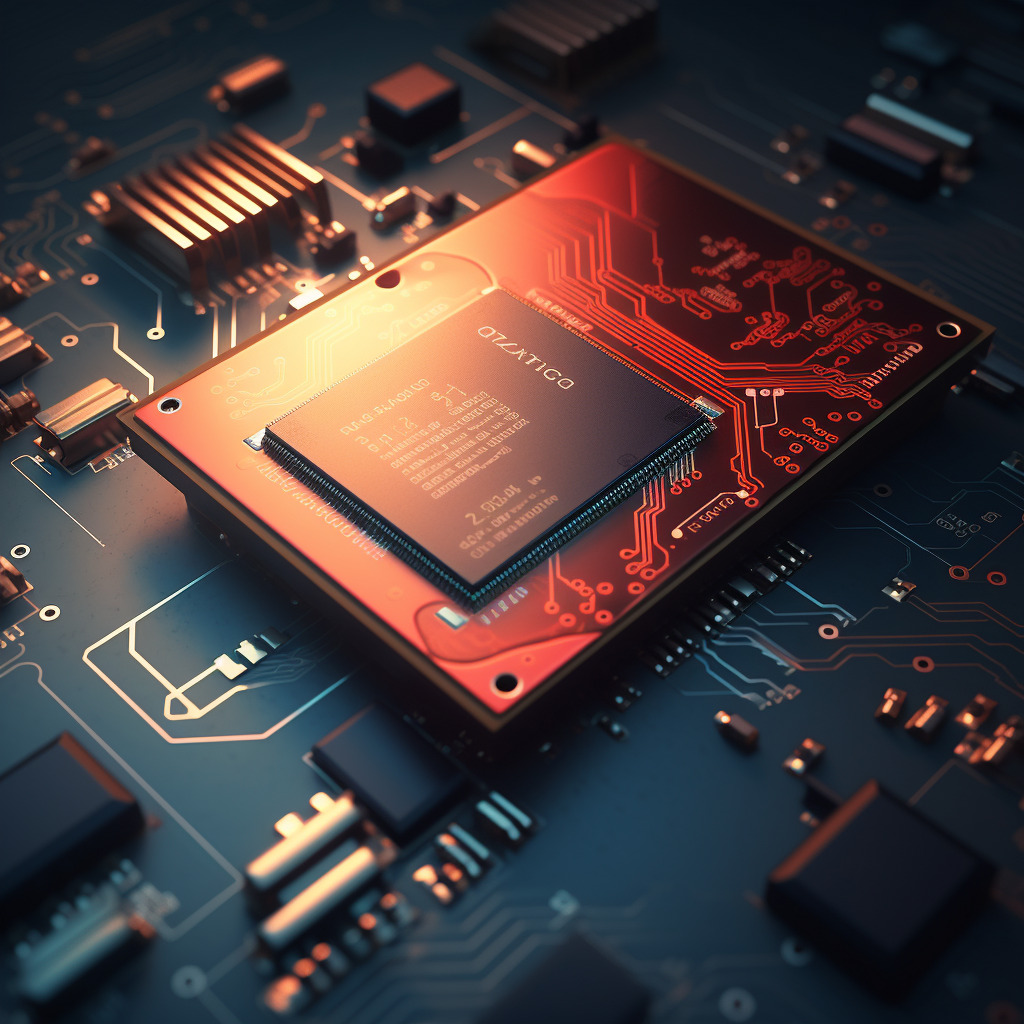Time: 2024-01-27 16:25:40View:

There are several types of memory used in electronic devices, each with its own characteristics and applications. The primary types of memory include random access memory (RAM), read-only memory (ROM), flash memory, and cache memory.
Random access memory (RAM) is a type of volatile memory that is used to store data and machine code currently being used. It allows for quick read and write access, making it ideal for tasks that require frequent access to data, such as running applications and operating systems. RAM is typically found in the form of dynamic random access memory (DRAM) and static random access memory (SRAM), with DRAM being more common in personal computers and SRAM often used in embedded systems and cache memory.
Read-only memory (ROM) is non-volatile memory that retains its data even when the power is turned off. It is used to store firmware and other essential system data that should not be modified during normal operation. ROM is commonly found in devices like microcontrollers, where the firmware is permanently stored and cannot be altered by the user.
Flash memory is a type of non-volatile memory that can be electrically erased and reprogrammed. It is commonly used in devices such as USB drives, solid-state drives (SSDs), and memory cards for digital cameras and smartphones. Flash memory offers a good balance of speed, cost, and non-volatility, making it suitable for a wide range of applications.
Cache memory is a small, high-speed memory that is used to store frequently accessed data for quick retrieval. It is often found in modern computer processors and helps improve overall system performance by reducing the time it takes to access frequently used data.
These types of memory play crucial roles in the operation of electronic devices, from providing temporary storage for running applications to storing essential system data and firmware. Each type of memory has its own advantages and limitations, and their combined use contributes to the efficient and reliable functioning of modern electronic systems.
Field-Programmable Gate Arrays (FPGAs) are reconfigurable integrated circuits that contain an array of programmable logic blocks and interconnects, allowing designers to implement custom digital circuits. FPGAs typically contain several types of memory to support various functions within the device, including configuration memory, block RAM, and distributed RAM.
Configuration memory in an FPGA stores the configuration bitstream that defines the interconnections and functionality of the logic blocks within the device. This memory is non-volatile and is typically loaded from external storage, such as a flash memory or an external configuration device, when the FPGA is powered on. Once configured, the FPGA retains its configuration until it is powered off or reconfigured.
Block RAM (BRAM) is a type of dedicated memory within an FPGA that provides high-speed, low-latency storage for data and program instructions. BRAM is organized into discrete blocks that can be used to implement memory structures such as FIFOs, caches, and data buffers. It is often used to store intermediate results, lookup tables, and other data structures required by the user's design. BRAM is particularly valuable in FPGAs for its fast access times and predictable performance, making it well-suited for applications requiring high-speed data processing.
Distributed RAM in an FPGA consists of small memory elements that are distributed throughout the logic fabric of the device. This type of memory is typically used for smaller, localized storage needs within the FPGA design. While distributed RAM may not offer the same capacity and performance as block RAM, it provides flexibility and can be used to implement small data storage elements close to the logic blocks where they are needed, reducing routing delays and improving overall performance.
In addition to these primary types of memory, modern FPGAs may also include features such as non-volatile memory blocks for user data storage, high-bandwidth memory (HBM) interfaces for interfacing with external memory devices, and specialized memory controllers for interfacing with external DDR SDRAM and other memory types.
The diverse memory resources available in FPGAs enable designers to implement a wide range of applications, from high-performance signal processing to embedded system designs. Understanding the characteristics and capabilities of these memory types is essential for effectively utilizing the resources of an FPGA and optimizing the performance of the implemented designs.

In a central processing unit (CPU), several types of memory are used to store and manage data and instructions during the execution of programs. The primary memory types in a CPU include cache memory, register files, and main memory (RAM).
Cache memory is a small, high-speed memory that is integrated directly into the CPU. It is used to store frequently accessed data and instructions, allowing the CPU to access them quickly without having to retrieve them from slower main memory. Cache memory is organized into multiple levels, with L1, L2, and sometimes L3 caches, each offering progressively larger capacity and slightly slower access times. The use of cache memory helps reduce the average time to access data and instructions, thereby improving the overall performance of the CPU.
Register files are another type of memory within the CPU, consisting of a small set of high-speed storage locations used to hold data that is being processed by the CPU. Registers are used to store operands, intermediate results, and memory addresses during the execution of instructions. They are directly accessible by the CPU's arithmetic and logic units, providing the fastest possible access to data.
Main memory, often referred to as random access memory (RAM), is the primary storage location for data and instructions that are actively being used by the CPU. Main memory is larger but slower than cache memory and is typically accessed via the memory controller in the CPU. It holds the program code, data, and stack space required by running applications and the operating system. Main memory is volatile, meaning it loses its contents when the power is turned off, and it is used to store the data and instructions that are not currently present in the cache memory.
In addition to these primary memory types, modern CPUs may also include features such as translation lookaside buffers (TLBs) for managing virtual memory, memory management units (MMUs) for address translation and protection, and specialized memory controllers for interfacing with external dynamic random access memory (DRAM) modules.
The combination of these memory types within a CPU plays a crucial role in the overall performance and functionality of the processor. Efficient management and utilization of these memory resources are essential for achieving optimal performance in a wide range of computing tasks, from general-purpose computing to specialized applications such as real-time processing and scientific computing.
In a microcontroller unit (MCU), different types of memory are utilized to store program instructions, data, and system configurations. The primary memory types in an MCU consist of program memory (typically flash memory), data memory (RAM), and non-volatile memory for storing system settings and calibration data.
The program memory in an MCU is typically composed of flash memory, which is responsible for storing the firmware or program code that governs the operation of the MCU. Flash memory is non-volatile, meaning it retains the program code even when the power is turned off. This type of memory is crucial for storing the instructions that define the behavior and functionality of the MCU, and it is often programmed during the manufacturing process or through in-circuit programming methods.
Data memory in an MCU refers to the random access memory (RAM) used for storing variables, stack data, and other temporary information during program execution. RAM in an MCU is volatile, meaning its contents are lost when the power is turned off. It is utilized for storing data that is actively manipulated by the MCU during program execution, such as sensor readings, intermediate calculations, and program variables.
Apart from program and data memory, many MCUs also incorporate non-volatile memory for storing system settings, calibration data, and other vital information that needs to be retained across power cycles. This non-volatile memory can take the form of electrically erasable programmable read-only memory (EEPROM) or flash memory. It is frequently employed to store configuration parameters, calibration values, and other data that must persist even when the MCU is powered down.
Certain MCUs also feature specialized memory types like memory-mapped I/O registers, which enable direct access to peripheral control and status registers, as well as memory-mapped configuration registers for controlling the behavior of the MCU's peripherals and system functions.
The combination of these memory types within an MCU is essential for its operation and functionality. Efficient management and utilization of these memory resources are crucial for achieving optimal performance and reliability in embedded systems, from simple control applications to complex real-time processing and communication tasks. Understanding the characteristics and limitations of these memory types is essential for designing and programming MCU-based systems effectively.

Below a table provides a high-level overview of the differences between FPGAs, CPUs, and MCUs, highlighting their distinct characteristics and typical applications.
Aspect | FPGA | CPU | MCU |
Purpose | Reconfigurable hardware acceleration | General-purpose computing | Embedded system control and processing |
Logic Structure | Configurable logic blocks (CLBs) and interconnects | Arithmetic and logic units (ALUs), registers, and cache memory | CPU core, memory, and peripherals integrated on a single chip |
Memory Types | Block RAM, distributed RAM, configuration memory | Cache memory, register files, main memory | Flash memory, RAM, EEPROM, memory-mapped I/O |
Programming | Hardware description languages (HDLs), such as Verilog and VHDL | Machine code, high-level programming languages | C/C++, assembly language, and sometimes high-level languages |
Flexibility | Highly flexible and reconfigurable for specific applications | Fixed architecture optimized for general-purpose computing | Optimized for specific embedded applications with integrated peripherals |
Performance | Highly parallel processing, suitable for parallel algorithms and signal processing | High clock speeds, optimized for sequential processing and complex computations | Lower power consumption, optimized for real-time control and low-power operation |
Application | High-performance computing, signal processing, and hardware acceleration | General-purpose computing, servers, desktops, and laptops | Embedded systems, IoT devices, consumer electronics, and control systems |
In conclusion, understanding the various memory types used in electronic devices, from FPGAs and CPUs to MCUs, is essential for optimizing system performance and functionality. Whether it's the high-speed cache memory in a CPU, the reconfigurable block RAM in an FPGA, or the non-volatile flash memory in an MCU, each type plays a crucial role in data storage, processing, and system control. By leveraging the unique characteristics of these memory types, engineers and developers can design and implement efficient and reliable electronic systems for a wide range of applications, from high-performance computing to embedded control and IoT devices.